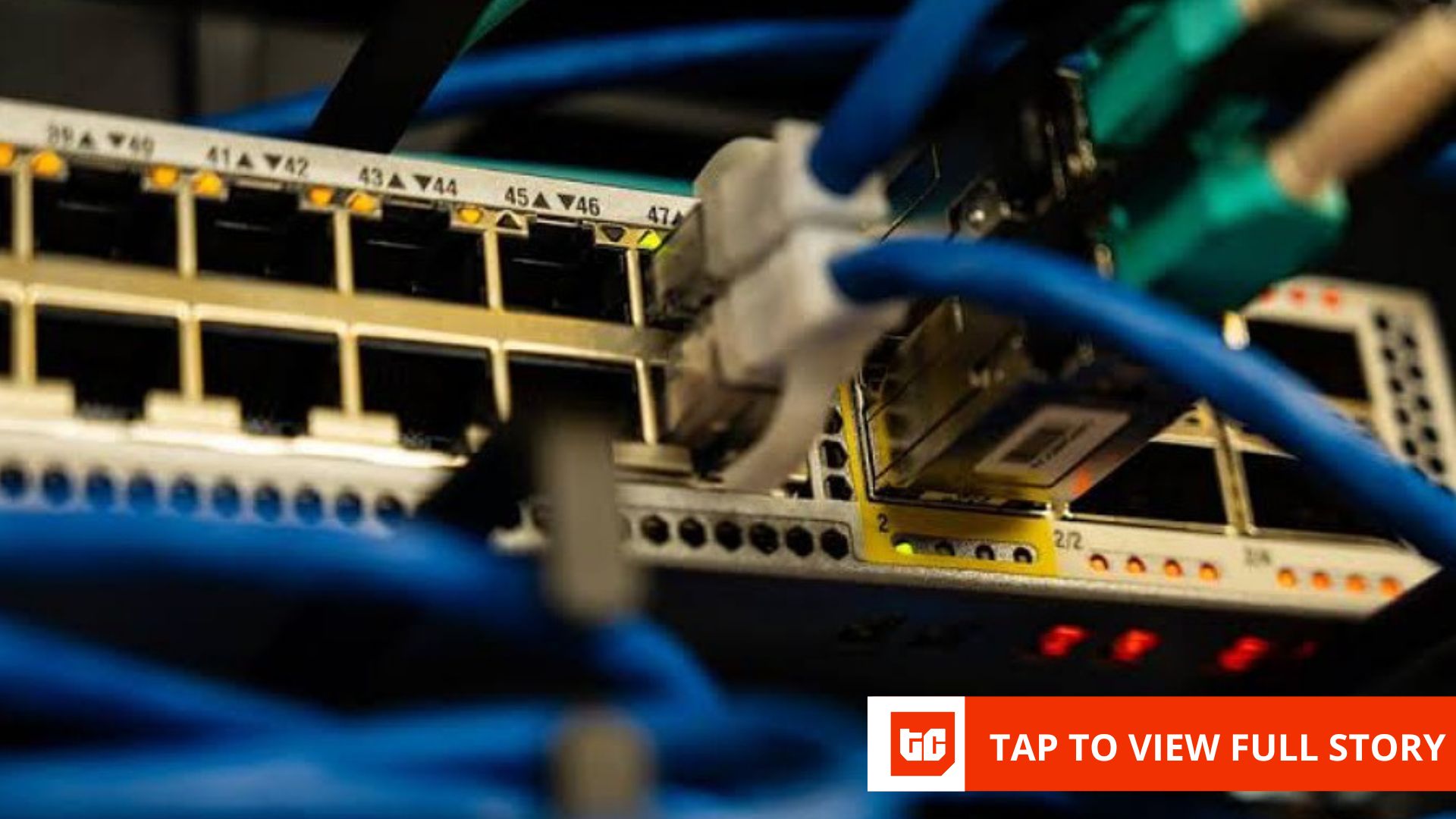Starlink and FibreOne regained momentum in the second half of 2025, strengthening their positions as the country’s second- and third-largest internet service providers. Their rebound coincided with a significant decline for Spectranet—the long-time market leader—which fell below 100,000 subscribers for the first time since the Nigerian Communications Commission (NCC) began publishing ISP data.
Spectranet lost 3,732 subscribers in Q2, falling from 103,252 to 99,520, a significant drop for a company that consistently held a six-figure base.
Starlink also saw a decline in the same period, losing over 6,000 subscribers and dropping from 65,564 to 59,509, but the impact was short-lived. By Q2 2025, the satellite-based ISP had recovered to 66,523 subscribers, surpassing its Q4 2024 performance and reinforcing the resilience of its user base.
Spectranet, meanwhile, continued to contract, underscoring ongoing challenges with service delivery, customer retention, and broader market strategy.
FibreOne also experienced significant turbulence. In the first quarter, the fibre-to-home provider suffered one of the steepest declines in the sector, losing an estimated 42%of its subscriber base. Its customers dropped sharply from 33,898 at the end of 2024 to just 19,823 in Q1 2025.
This dramatic fall reflected a broader trend of subscriber churn across Nigeria’s ISP market, as rising costs, shifting consumer expectations, and performance inconsistencies drove users to switch services. However, FibreOne rebounded convincingly by the second quarter of 2025, gaining subscribers and climbing to 37,117, more than doubling its Q1 tally and reasserting its foothold in the competitive fibre market.
These shifts in 2025 were shaped in part by trends established the previous year. NCC’s data for 2024 showed that active internet subscriptions for ISPs grew by 8.9%, rising from 262,206 in December 2023 to 285,605 in December 2024. Spectranet ended 2024 as the largest ISP with 102,486 subscribers, followed by Starlink with 60,862, reflecting the satellite operator’s rapid rise after entering Nigeria.
FibreOne held 19,000 subscribers as of December 2024, remaining the leading provider in the wired broadband category. In the wireless segment, Spectranet controlled nearly half the market with 47.3 percent of subscriptions, while Starlink held 28.4 percent, a clear indication of how quickly the new entrant had gained nationwide traction.
Starlink’s ongoing success can be attributed to several structural advantages and shifting consumer behaviours. Its low-earth orbit satellite technology offers high-speed internet across virtually every part of Nigeria, including rural and underserved areas where fibre and LTE providers struggle to reach. Many users, frustrated by inconsistent speeds, outages, and coverage limitations from traditional ISPs, found Starlink’s reliability appealing. Even though Starlink’s service is significantly more expensive than that of Spectranet or FibreOne, a growing number of customers were willing to pay a premium for stability, especially remote workers, SMEs, and heavy internet users who rely on consistent connectivity.
At the same time, dissatisfaction with established ISPs played an important role. Spectranet and FibreOne both grappled with service degradation, prolonged outages, and customer support challenges at various points in the reporting period. These issues contributed to subscriber churn, with many customers migrating to Starlink in search of better performance. For Spectranet in particular, the continued decline in subscribers not only reduces recurring revenue but also constrains its ability to invest in upgrades, marketing, or innovation, creating a cycle that could further erode its competitive position.










